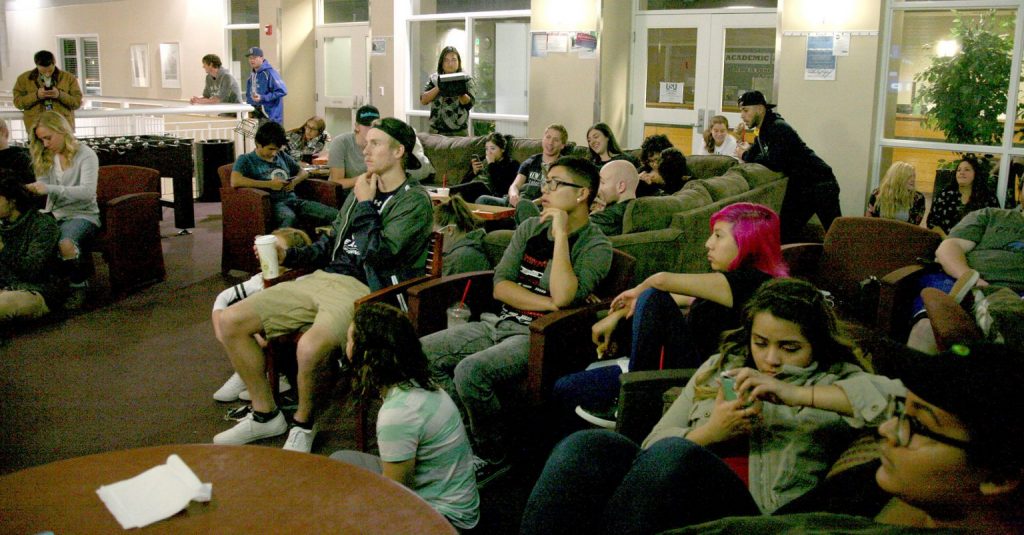Changes to enrollment fees coming

This archived article was written by: Austin Fietkau
A “complex combination” of changes to enrollment fees are soon to come for Utah State University and its regional campuses says Vice Chancellor Greg Dart.
Starting summer 2017, students from Logan to Montezuma Creek can expect a 5 percent increase in tuition. But that’s not all; it is anticipated that for many classes, course fees within the Emma Eccles Jones College of Education and Human Services will be eliminated.
Each year the Utah System of Higher Education and the Board of Regents discuss and evaluate tuition rates for all Utah colleges. Based on their conclusions, tuition rates will go up or down by a certain percentage across the state. For the 2017-2018 school year, tuition is going up 2.5 percent.
After the board made its judgments and declared the changes to state-wide tuition, each college or university has the opportunity to add its own tuition change. For this coming 2017-2018 school year, and for the first time in three years, USU has opted to increase tuition by an additional 2.5 percent, bringing the total tuition increase to five percent.
In addition to the tuition increase, a differential tuition is being instituted for all classes within the EEJCEHS. “It’s not a simple thing to understand,” Dart says, “but it is something that will definitely impact students.”
Essentially, what that will mean for USU students is that rather than paying separate, individual student fees for each class they take within education, elementary education, family consumer and human development, health, medical laboratory technician, nursing, parks and recreation, psychology and teacher education and leadership, they will now pay $10 per credit taken through that department as part of their overall tuition.
For example, rather than an elementary education major (hypothetically) paying $30 for one class, $15 for another and $0 for another, that student will now pay $10 for each of those classes.
“There’s a couple incentives for doing this which will benefit students,” Dart said. With the exception of private scholarships and grants, normal scholarships cannot cover student fees. So with these fees now being a part of student tuition, rather than being part of student fees, scholarship dollars can be used to cover them. In addition, students can now plan out their education with greater ease knowing exactly what they will have to pay for each course along the way.
“We hope students will understand these changes,” Dart said. “We anticipate a lot of good things coming from them.”




